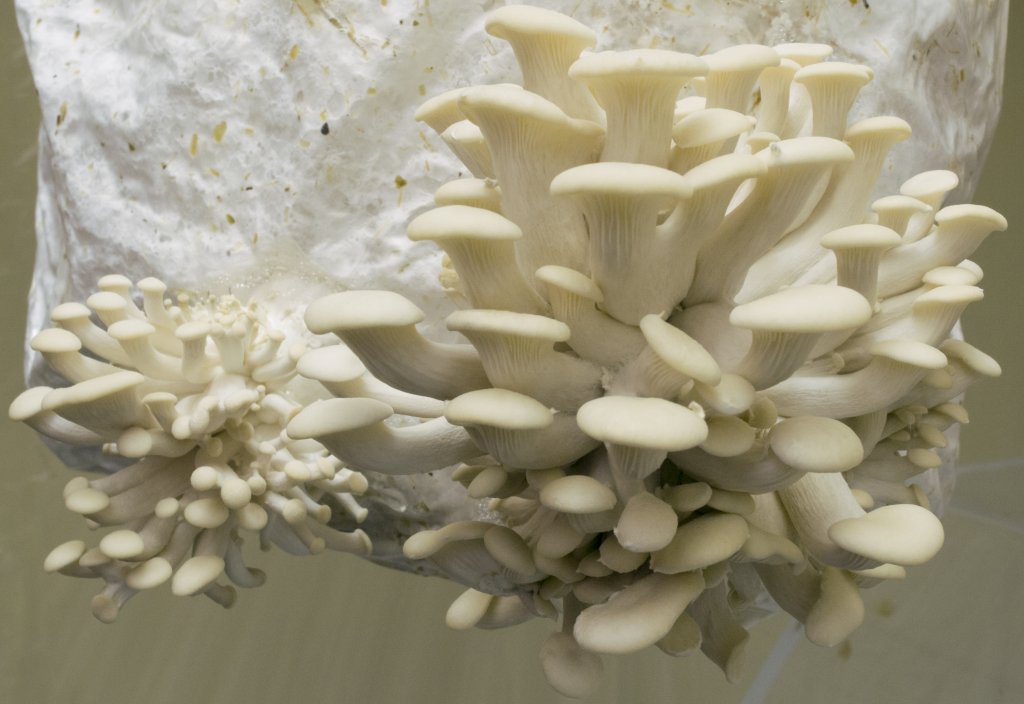Mushroom Cultivation for More Yields
Mushrooms are the large, edible fruiting bodies that grow from a wide variety of fungi belonging to the phylum Basidiomycota. Although low in fat content, mushrooms are a good source of essential nutrients, vitamins, minerals, protein, carbohydrates, dietary fiber, and medicinal compounds known to promote health (Mattila et al. 2001; Stamets 2005; Cheung 2010; Reis et al. 2012). Mushrooms are also one of the few foods that produce vitamin D, a modulator of human immune function and a major mitigating factor in many diseases (Stamets 2005). Unlike plants, fungi excrete extracellular enzymes that degrade macromolecules in the external environment, enabling growth on a variety of substrates that may otherwise harbor nutrients in nonbioavailable forms, including, but not limited to, carbohydrates and lignocellulosic materials (Read and Perez-Moreno 2003). These biodegradative properties of fungi also make them ideal organisms for use in the nutrification of materials used as plant growth substrates. Many fungi are also known plant symbionts, with their mycorrhizal associations providing plants with supplementary nutrition that results in increased yields and pathogen protection, among other benefit (Finlay 2008).


We are currently involved in a 2-year project, funded with a $60,000 grant by the U.S. Department of Agriculture to develop two low-footprint, high-yield mushroom grow facilities from modified 20-foot cargo shipping containers. Emphasis is placed on insulation for use in a variety of climates, automation of environmental (temperature/humidity/CO2) regulation, and utilizing agricultural waste materials as growth substrates.
In additiona to food products, many fungi posess unique metabolic activities that may be harnessed for bioconversion and the production of useful chemicals, medicines, and more. To this end, we have started the VIP Team MycoSolutions – Solving Problems with Fungi, comprised of students and researchers from a variety of fields to develop new and interesting ways to utilize fungi.














